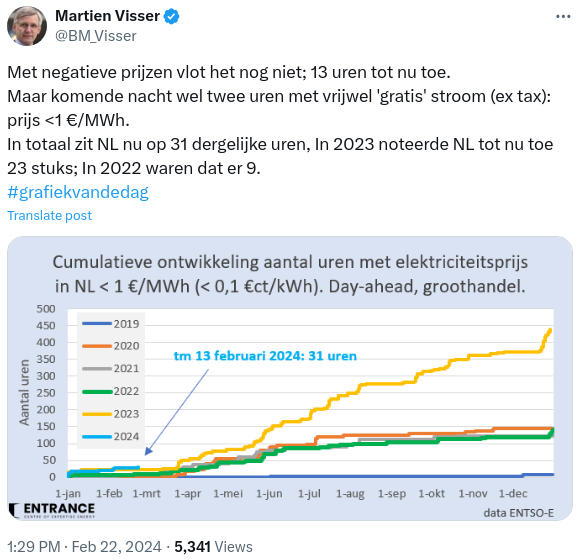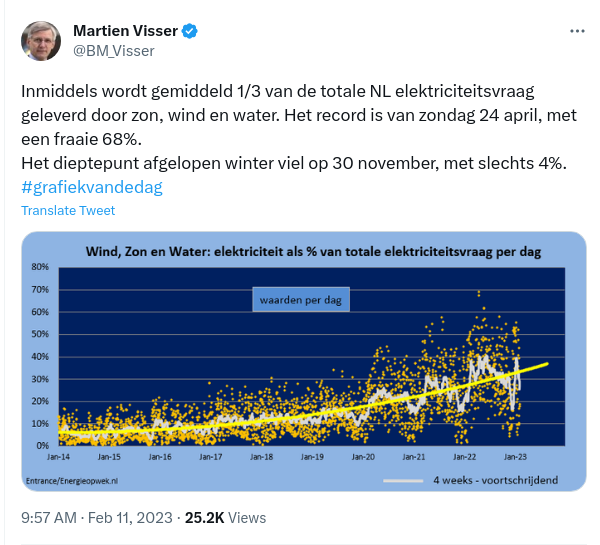In my search of the way that a 100% renewable electricity grid could function, I came across another example of how such a grid could work. Remember, in the last series of posts, I explored a first example of a spreadsheet by Georg Nitsche, but his spreadsheet failed because its strategy was entirely based on averages, therefor not representative of an actual grid. The new example that I found didn’t seem to have this flaw. As far as I initially could see, it went sequential over the data. Yet, it came to some ridiculously low storage requirements.
The example was created by Nick Stokes as a reaction to a spreadsheet by Ken Gregory showing that about 250 TWh of storage would be required in order for the USA-48 grid to function on only solar and wind. Stokes didn’t agree with the methodology and made a simple model to disprove the findings by Gregory.
Stokes disagreed because he considered the share of solar and wind in Gregory’s model too low and stated that the higher the share, the lower the storage requirement. This was also the criticism that Nitsche brought forward, that the share of solar and wind should be high enough. It was 1.56 times the demand in his spreadsheet, so an amount of about half the demand needed to be curtailed over the year.
Stokes made his calculations for multiples of the capacity of solar and wind in 2019 and calculated the following storage requirements:
Continue reading →


